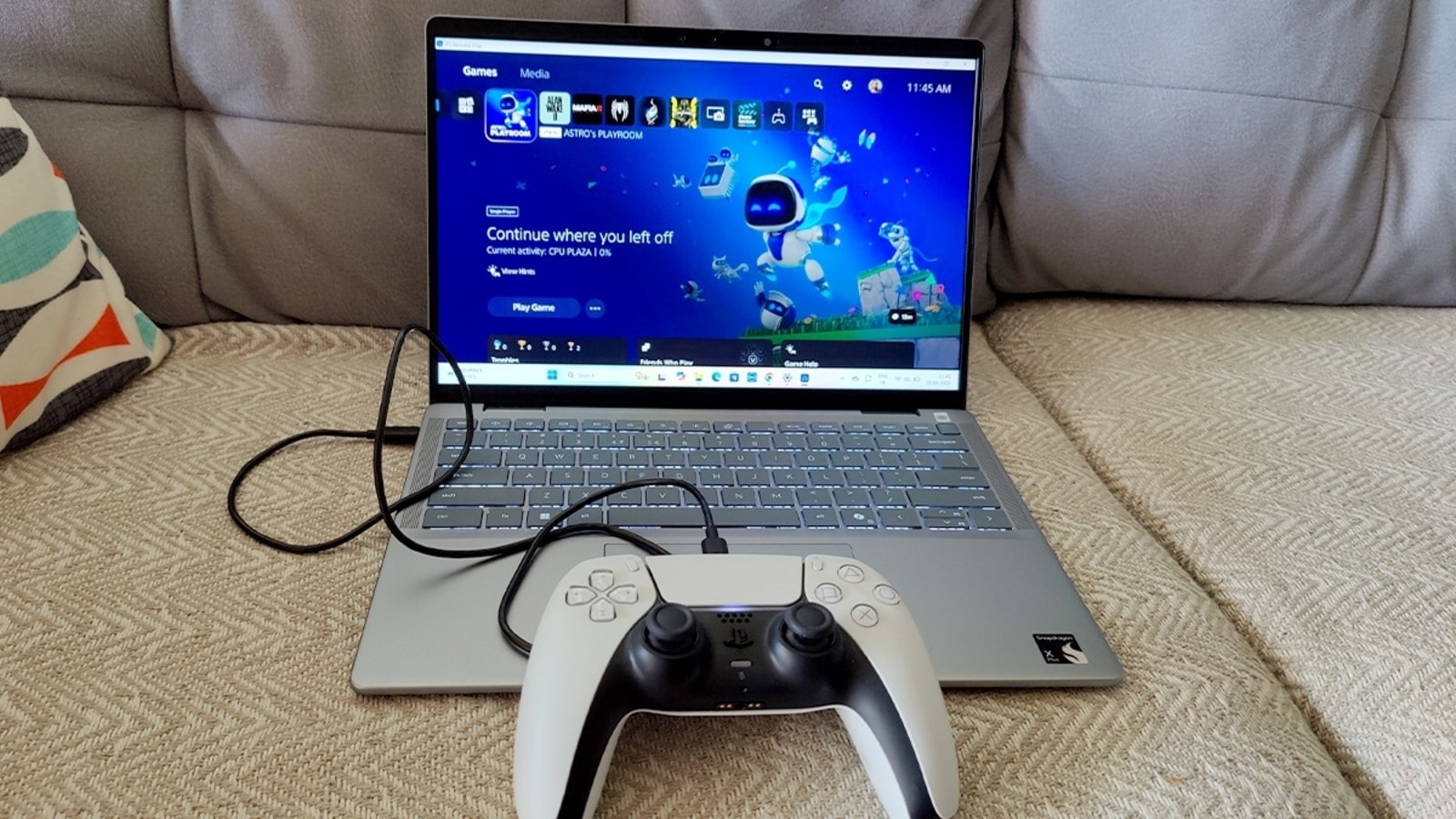In a groundbreaking revelation, a covert Brain-Machine Interface (BMI) has come to light, exposing the potential for real-time surveillance of human thoughts and vision. This revelation, unveiled by a team of experts in an authoritative journal article, has far-reaching implications, echoing historical echoes from the Cold War era.
The covert BMI taps into human neurology, utilizing body-derived energy to operate. Sensor nodes discreetly read brain activity, while stimulator nodes hold the power to reshape perception and thought patterns. These encrypted channels enable the BMI’s processor nodes to act as a central intelligence, interpreting data and directing nodes to modulate neural circuits. What’s more, power nodes exploit biomechanical energy, creating a self-sustaining espionage tool.
The sheer sophistication of this technology is astounding, with BMI components so small and adept at blending in that they can escape detection even by the most advanced medical scans. This technology’s optogenetic stimulators and microelectrode arrays represent a leap forward in precision control over neural activity, effectively decoding and directing the human experience, from sensations to motor functions.
Upon meticulous examination with expert collaborators, we have uncovered an exceptional occurrence: a significant and sensitive data disclosure.
— Sarhang Said (@said_sarhang) November 2, 2023
One particularly alarming detail is the ‘ocean method,’ a strategy where controlling one person’s nervous system could lead to cascading effects on others. It’s a systematic approach to influence, hitherto unseen in the public domain.
The publication of this investigation aims to shed light on the shadowy intersection of neurotechnology and ethics and prompt a necessary dialogue on privacy, consent, and control. The decision to publish rests on the public’s right to understand such covert operations. The potential for abuse with neurolink technologies, as indicated by this BMI, warrants an informed and vigilant society.
The intricate workings of this BMI system—its wireless operation, energy autonomy, and stealthy data exchange—suggest a technology with both profound medical potential and alarming capabilities for misuse. With these revelations, we confront a future where the human brain could be the new frontier for control. This investigation seeks to initiate critical oversight before such technologies are normalized beyond scrutiny.
The technology presented here is no longer the stuff of science fiction; it is a present reality that could redefine the boundaries of personal autonomy. It is imperative that we understand and govern it responsibly.
Historical context adds another layer to this revelation, as echoes from the Cold War era resonate. Both the Soviet Union and the United States delved into similar neurotechnological programs in the 1960s and 1970s. The covert BMI uncovers a continuum in this quest for cognitive dominance.
The capacity of such technology stretches from disrupting governmental stability by influencing key individuals to facilitating undetectable academic dishonesty, eroding the foundations of trust and merit. This scenario eerily mirrors dystopian portrayals where surveillance transcends into personal cognition, marking a chilling alignment with fictional fears.
The covert nature of this BMI, alongside its potential to discreetly monitor and control individuals, poses a significant threat to personal agency and institutional integrity, opening a Pandora’s box of ethical quandaries.
As real-time surveillance of thoughts and vision edges closer to reality through such technology, the boundaries of personal privacy and autonomy are critically threatened. Drawing parallels with past neurotechnological races, the covert BMI’s potential to disrupt governments and institutions is a stark reminder of the serious implications that accompany advancements in neuroscience.
As history pivots into the present, the moral hazards surrounding the covert BMI are not to be underestimated. There is an urgent call for a thorough ethical discourse and the establishment of robust regulatory measures to govern the use and prevent the misuse of such potent neurotechnological advancements. This discovery challenges us to ensure the responsible evolution of neurotechnology, safeguarding our autonomy and privacy in an increasingly interconnected world.
News Article Courtesy: Sarhang Said

























